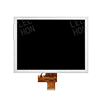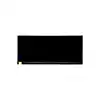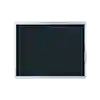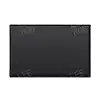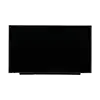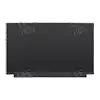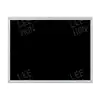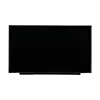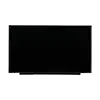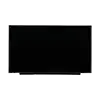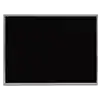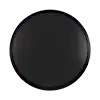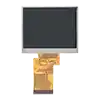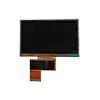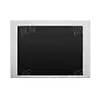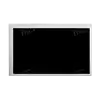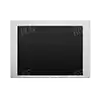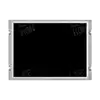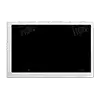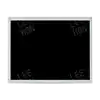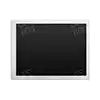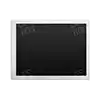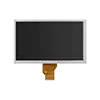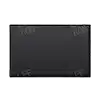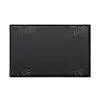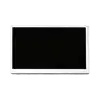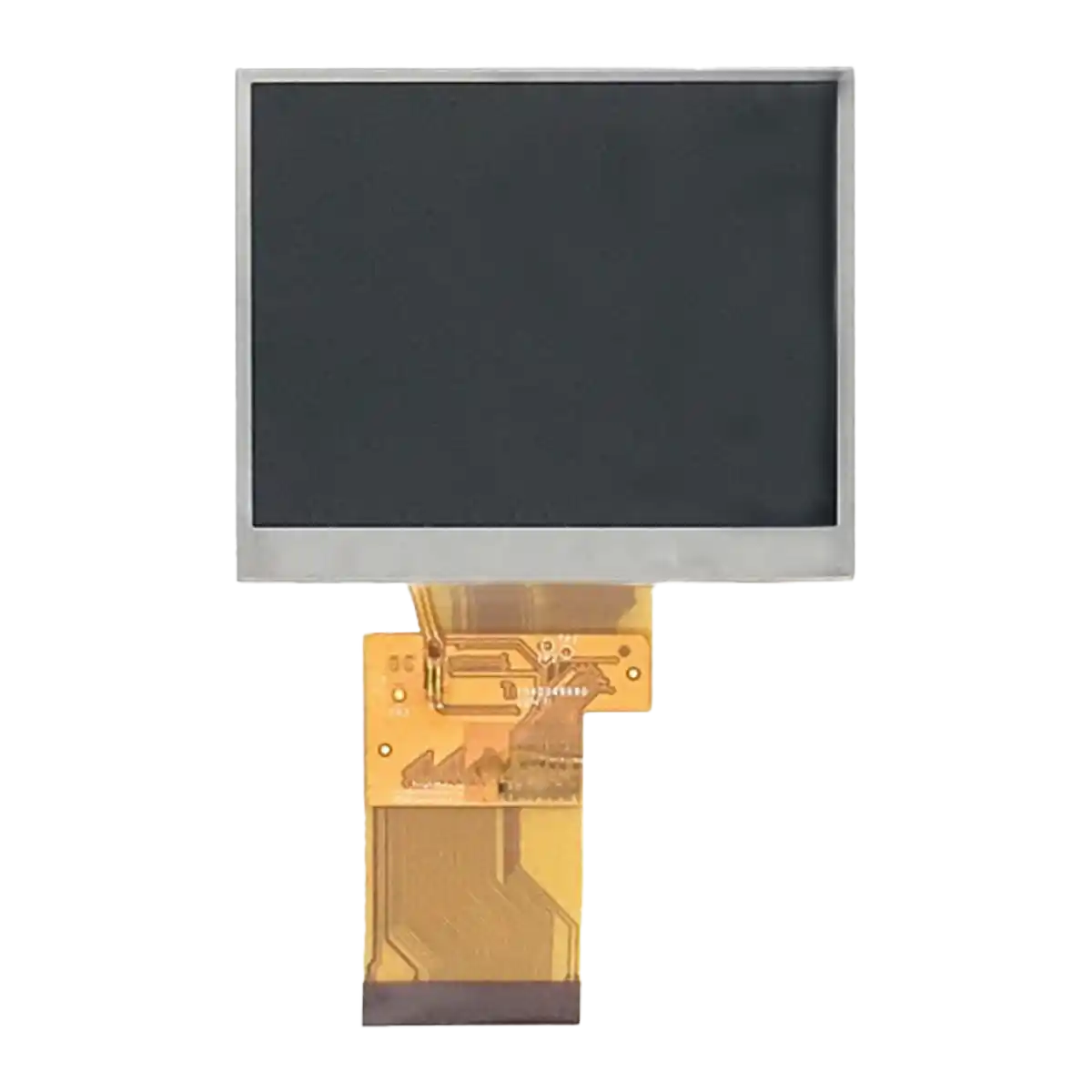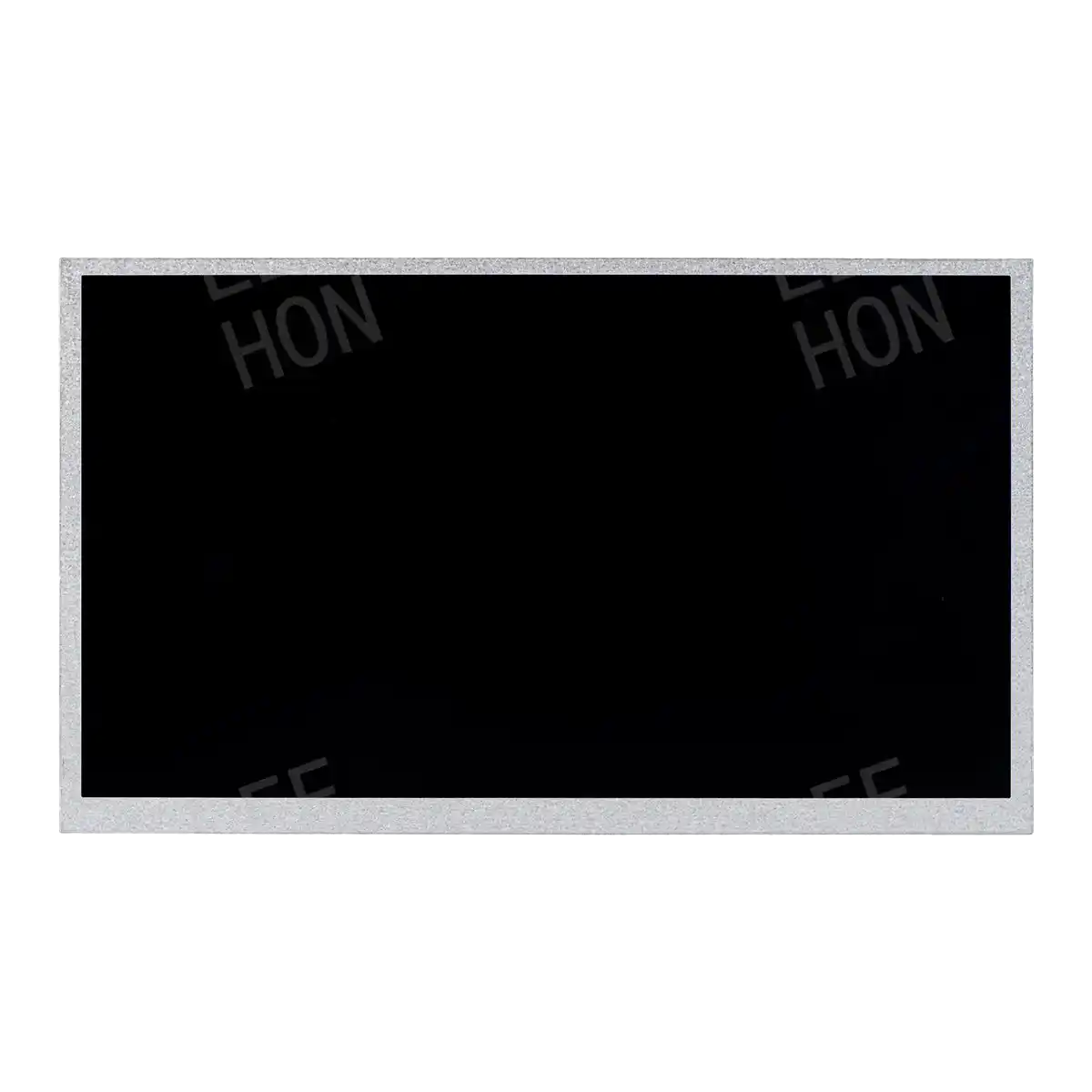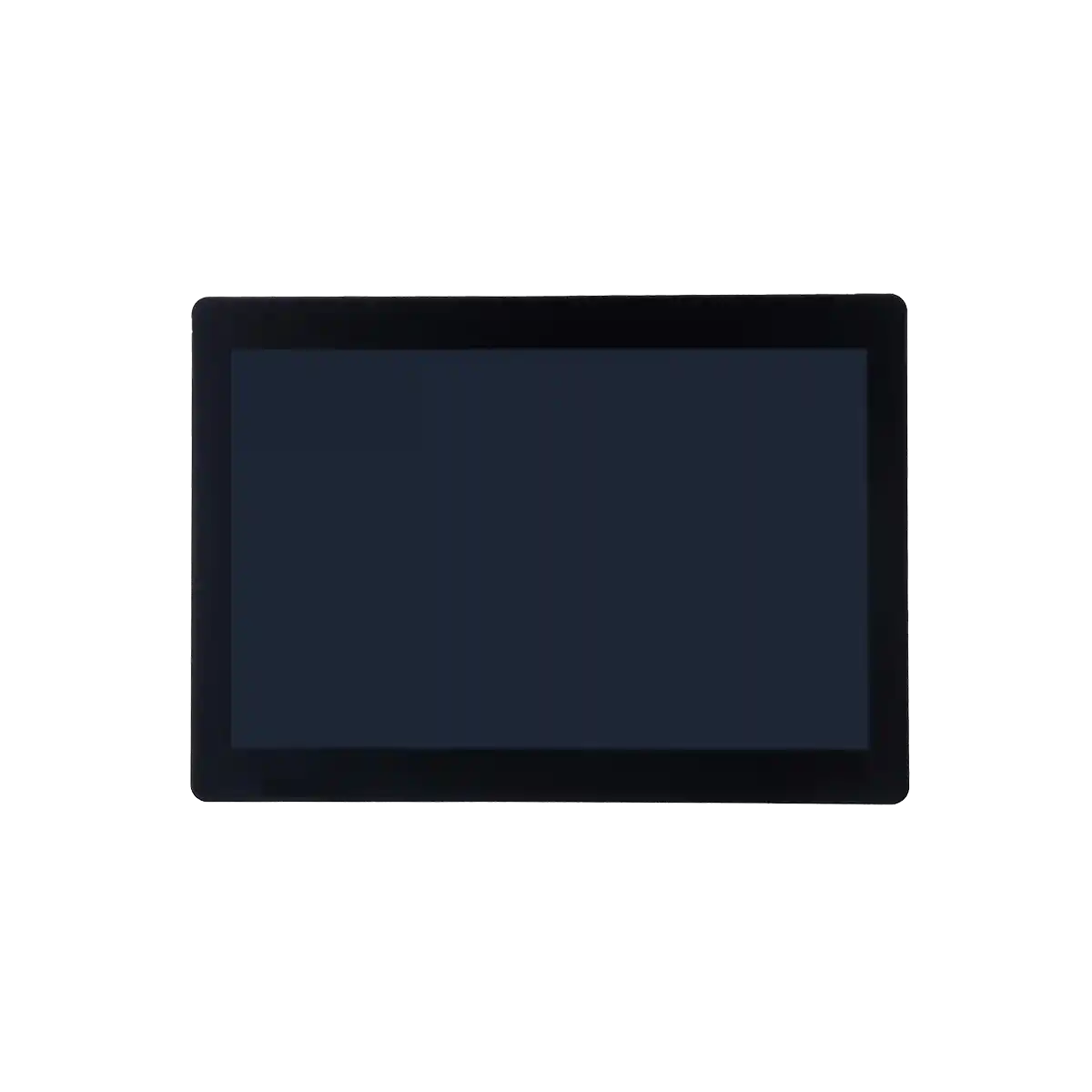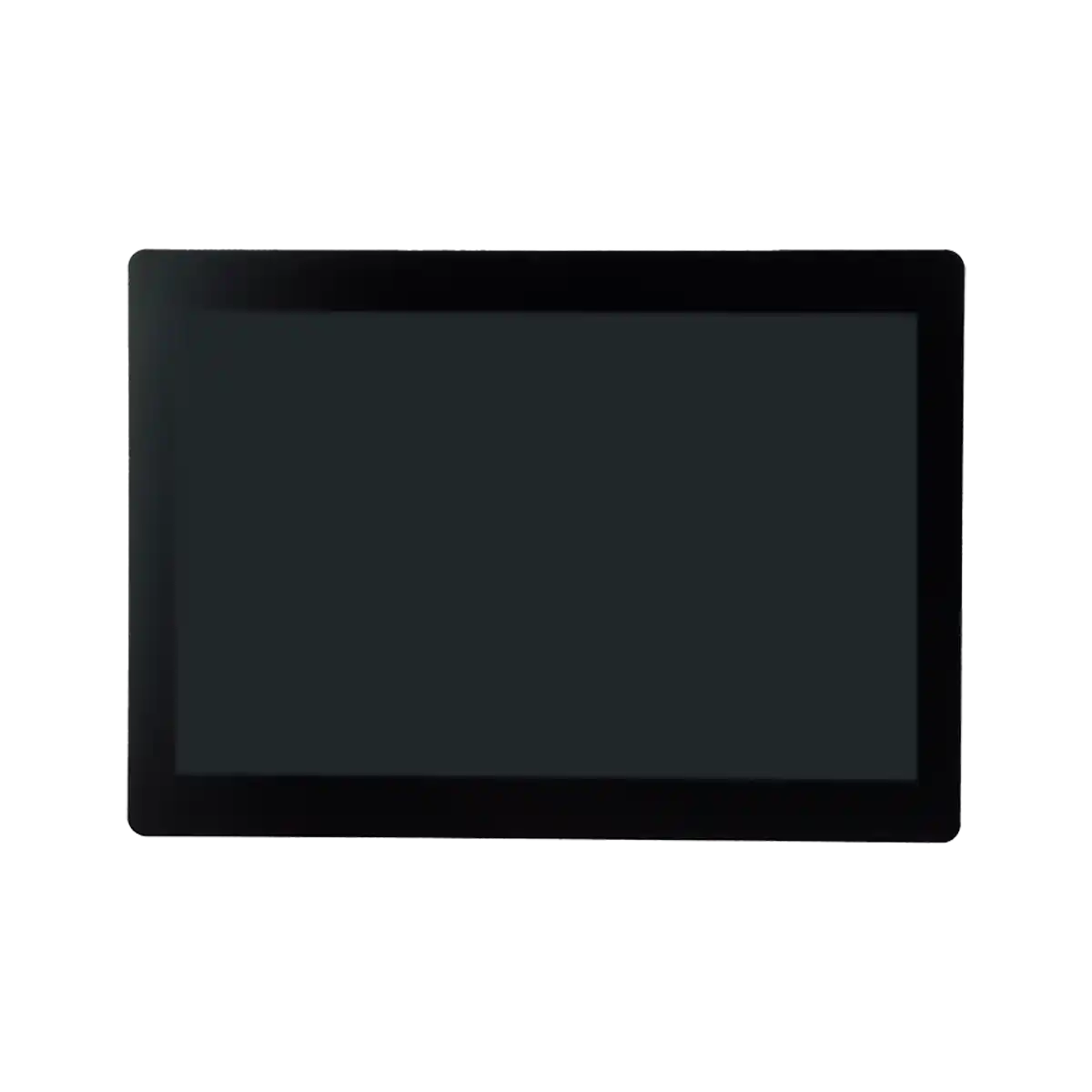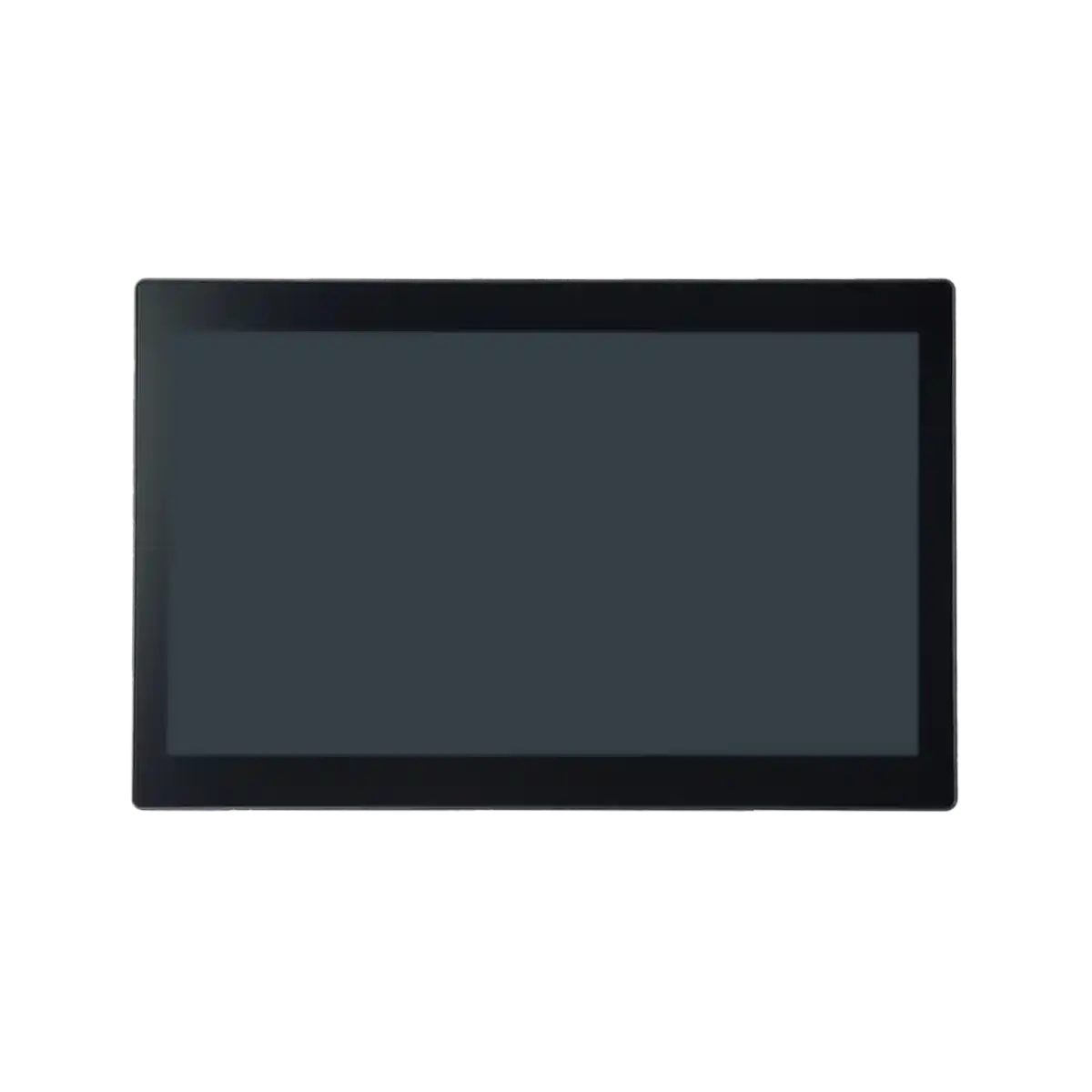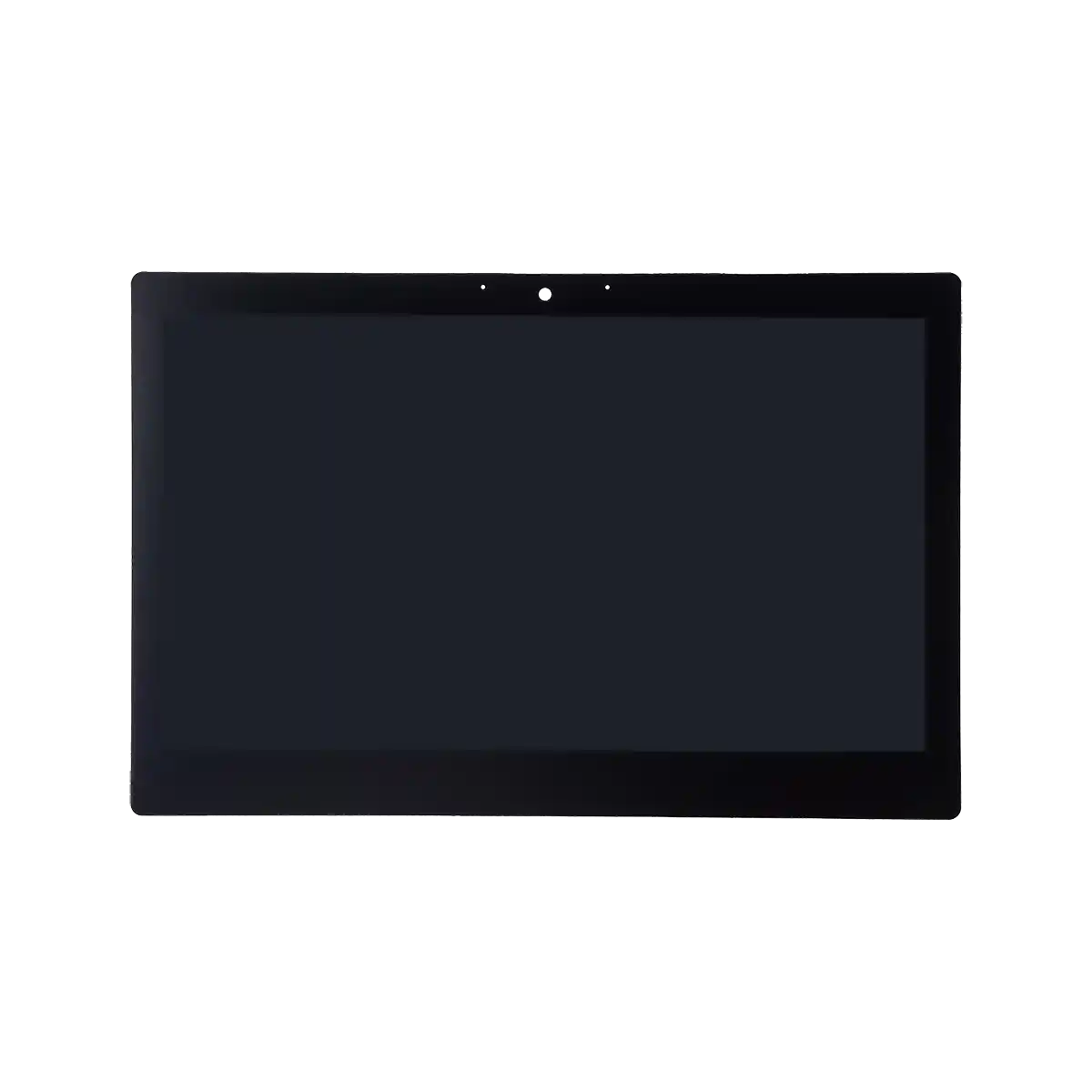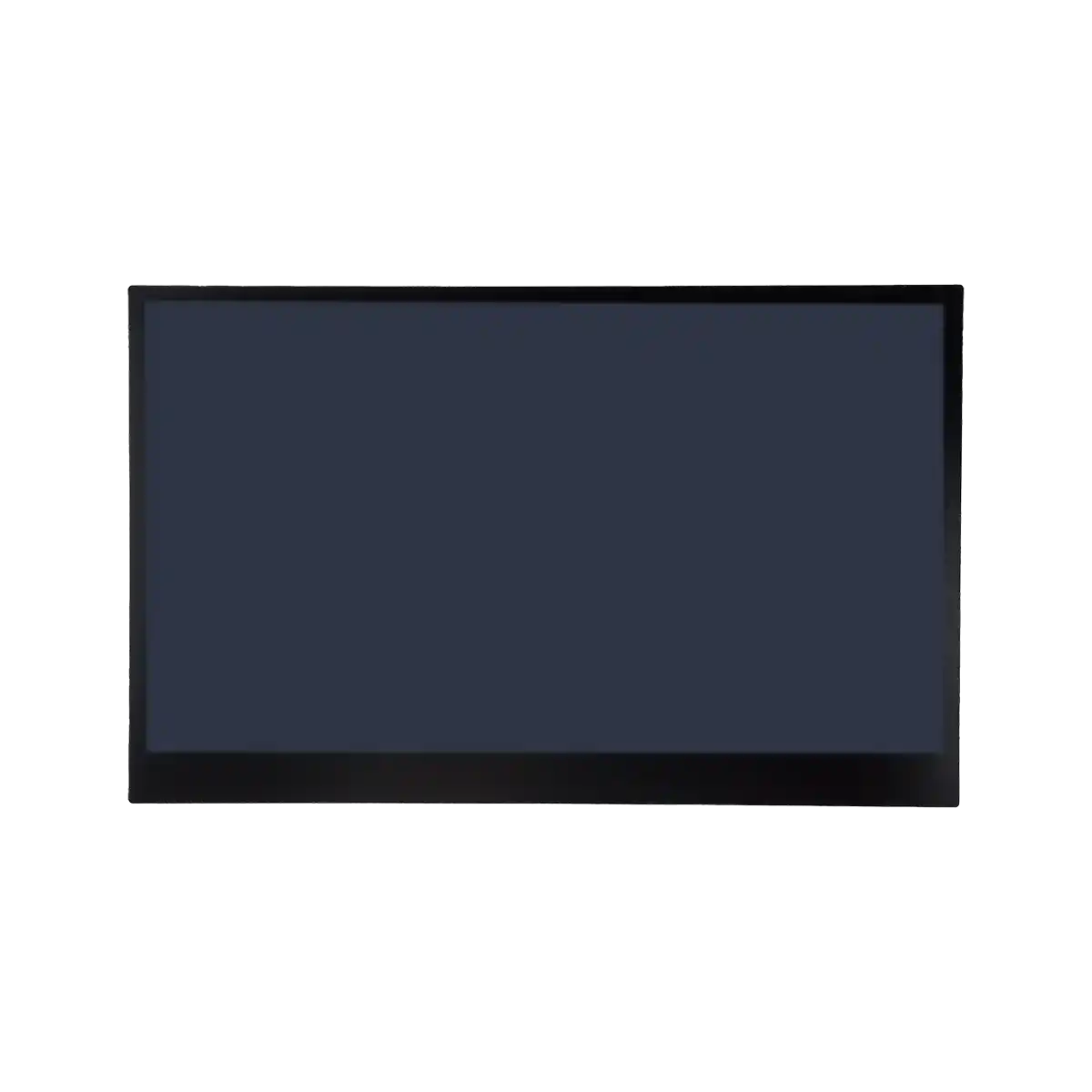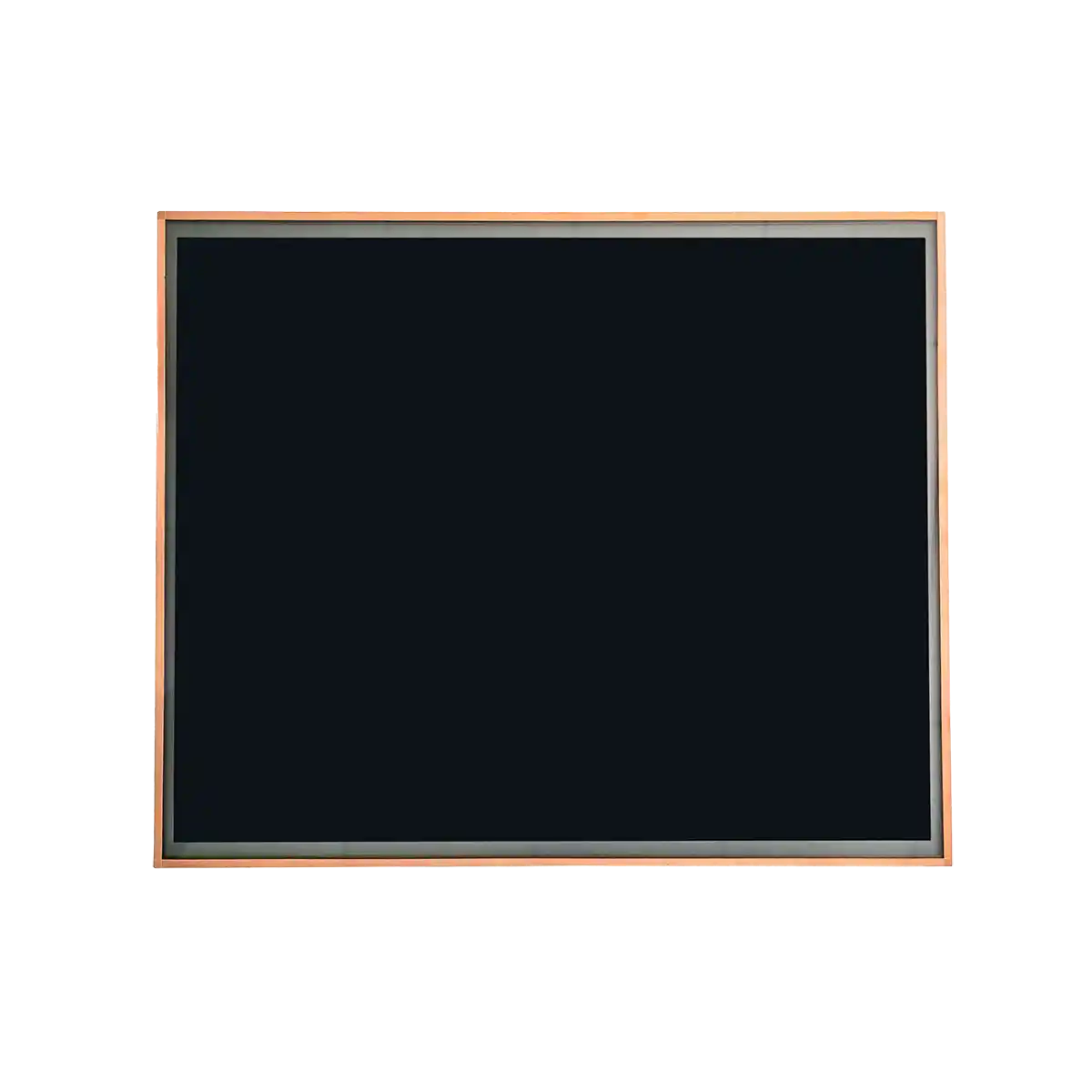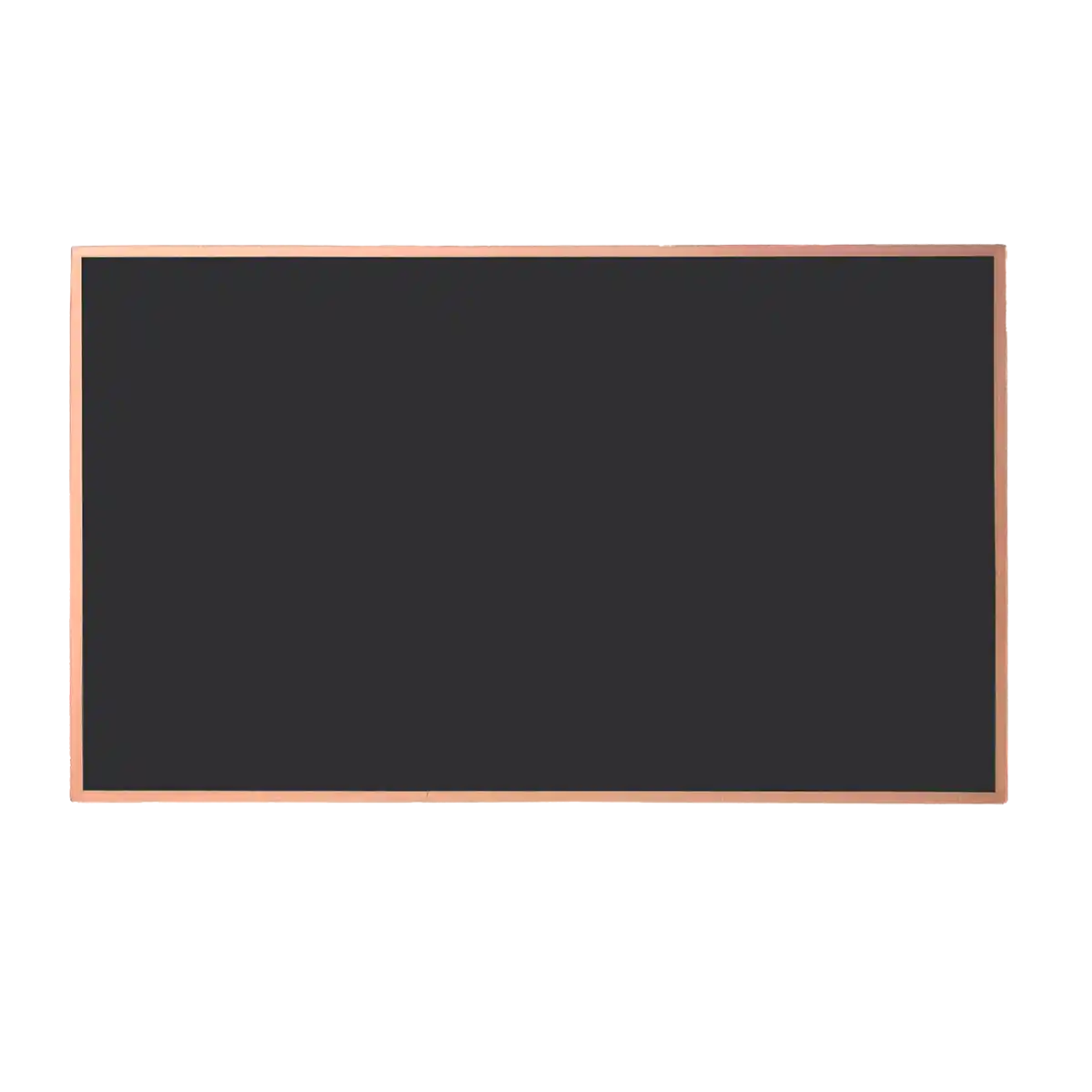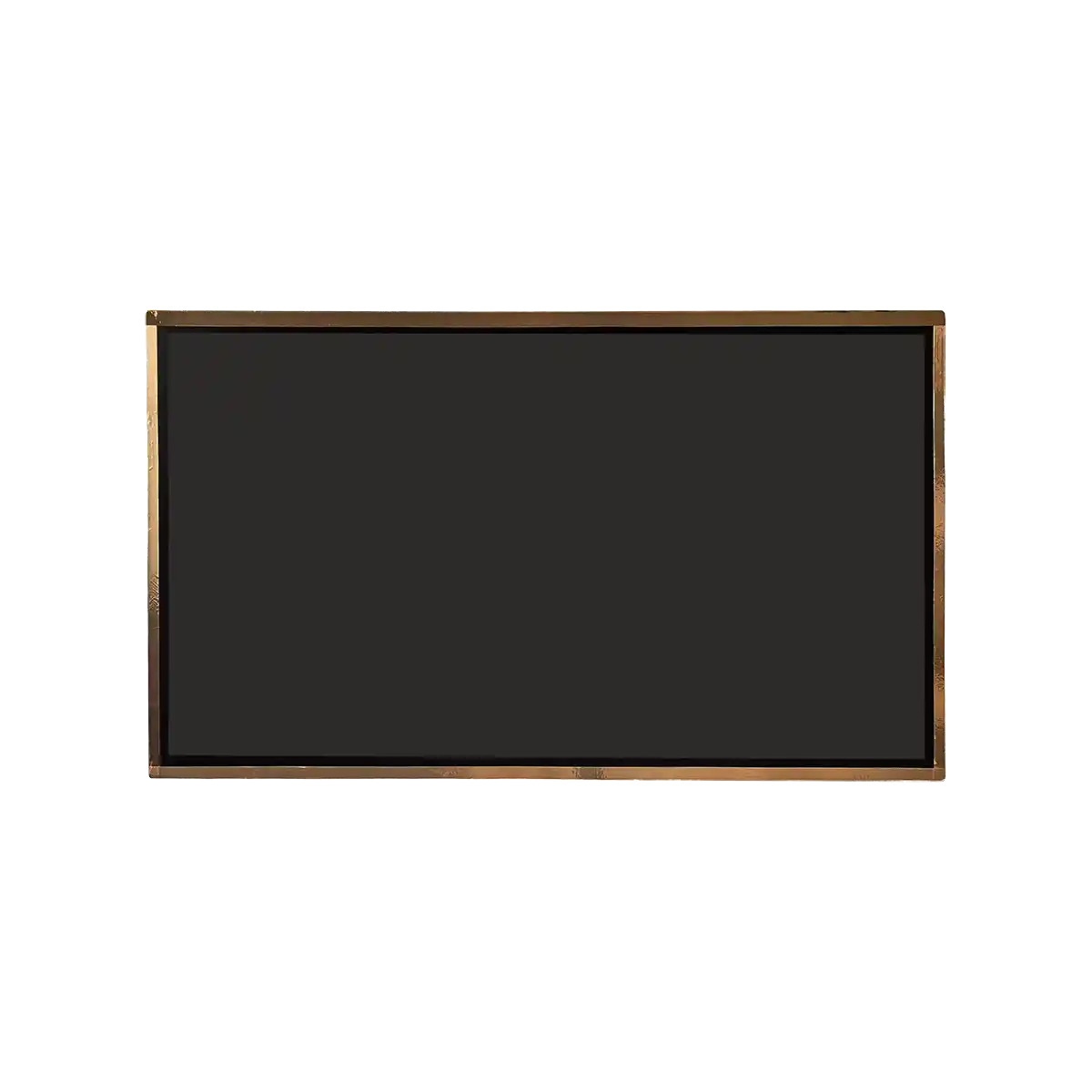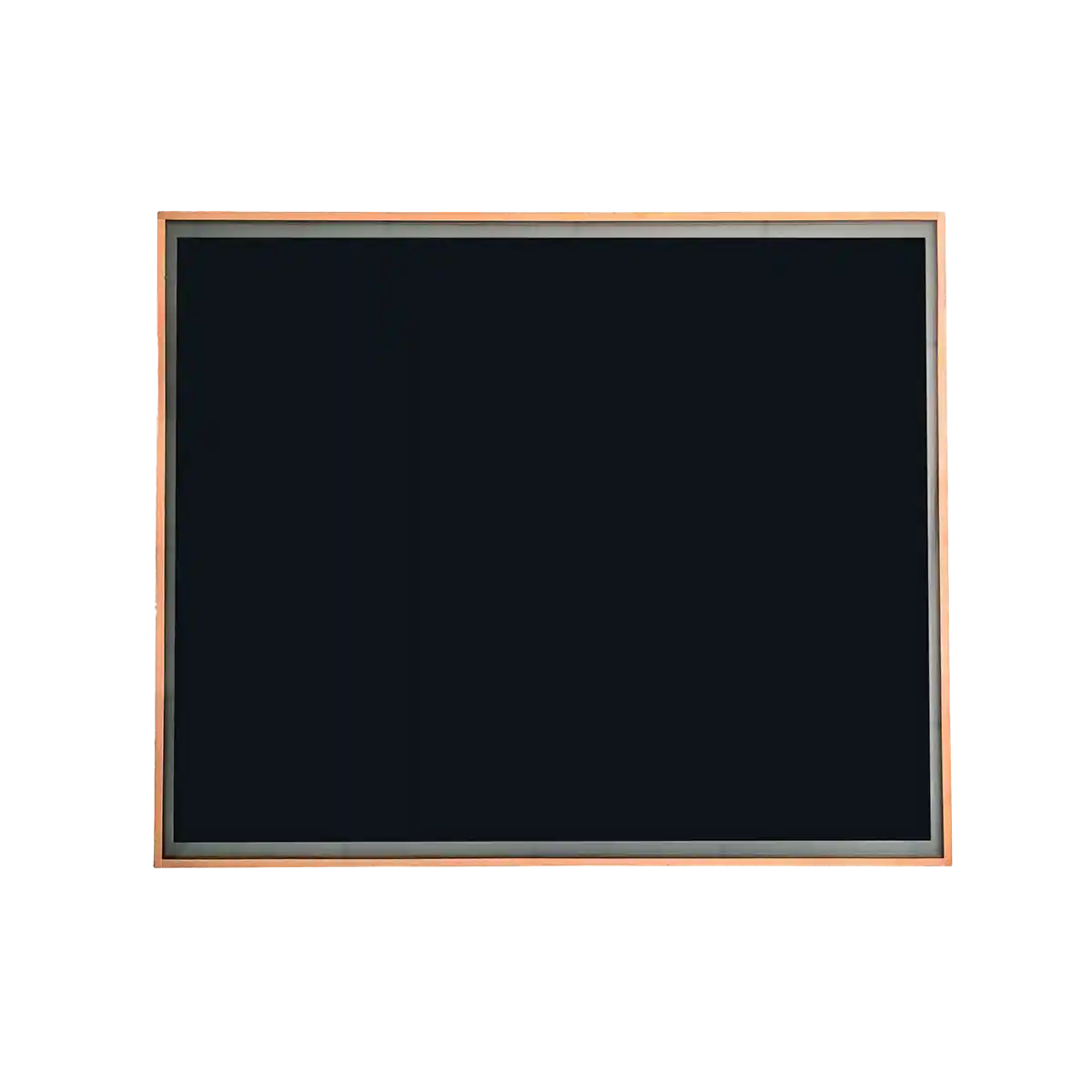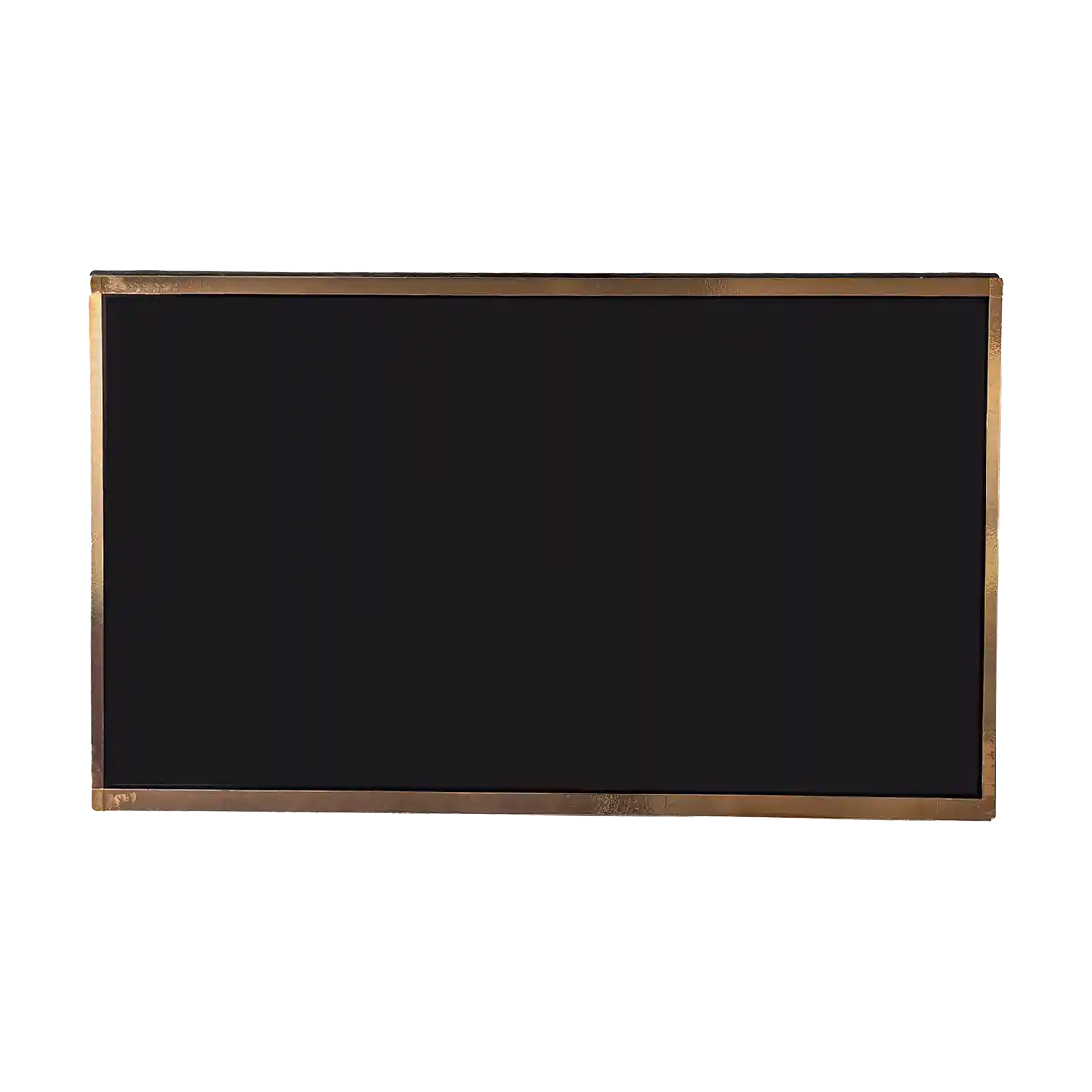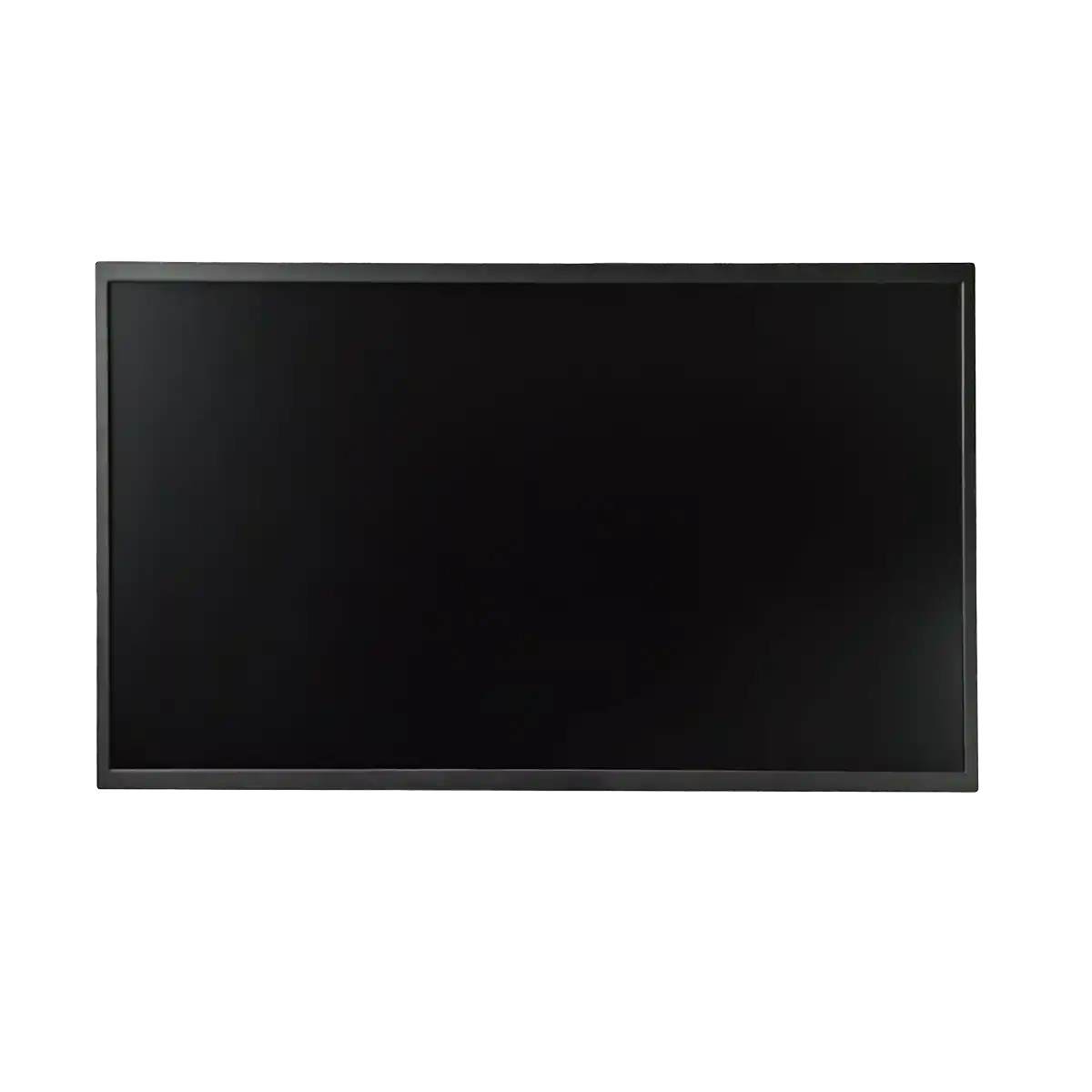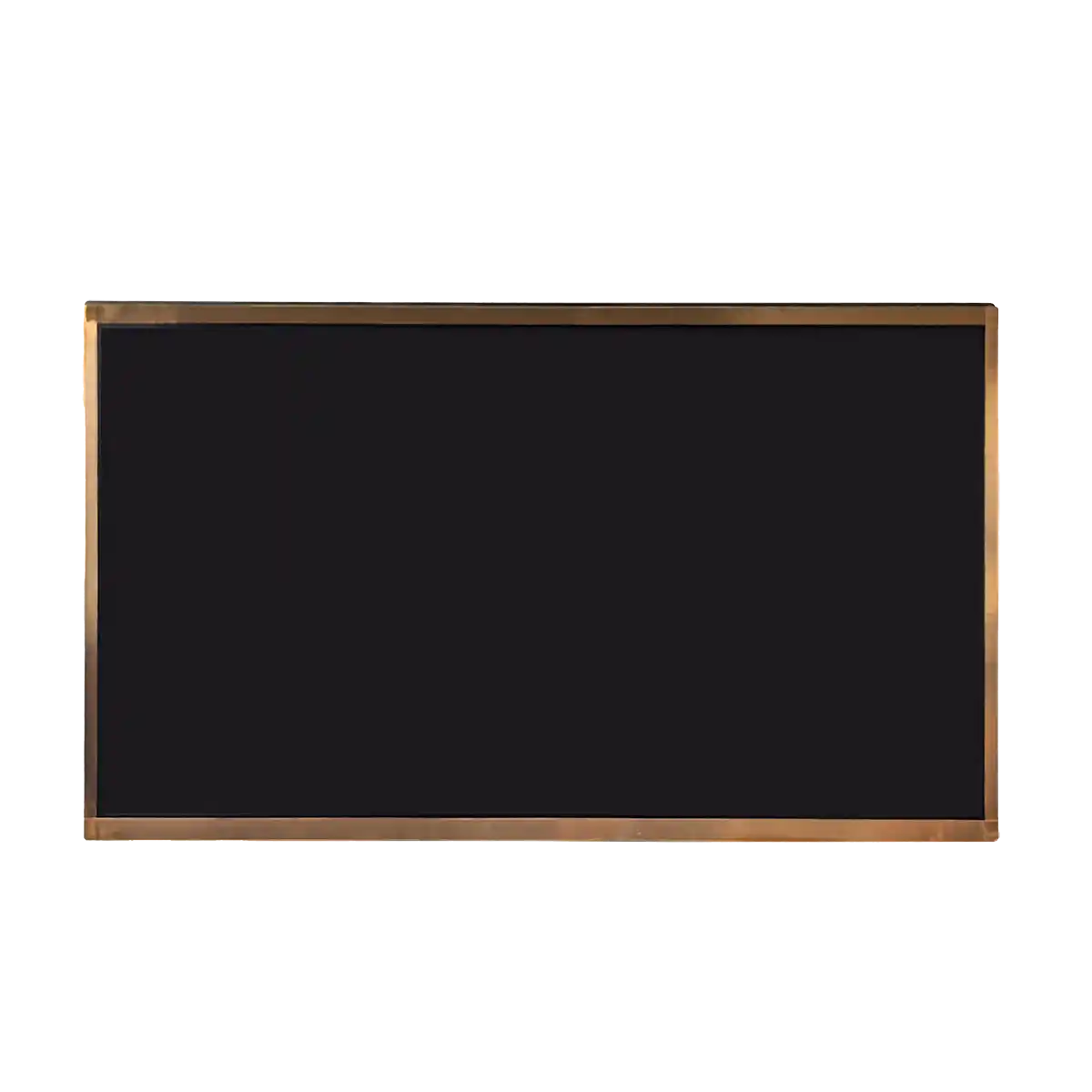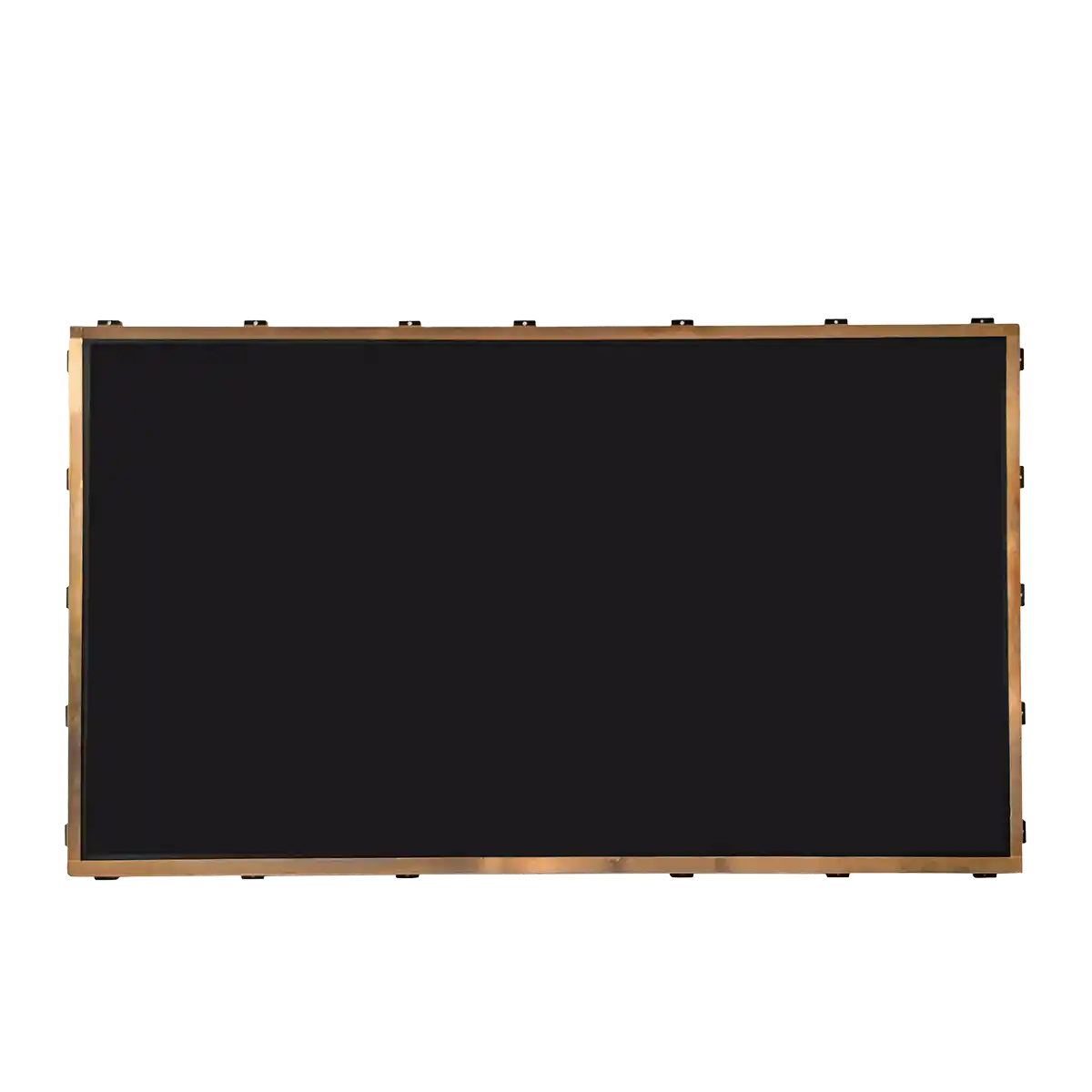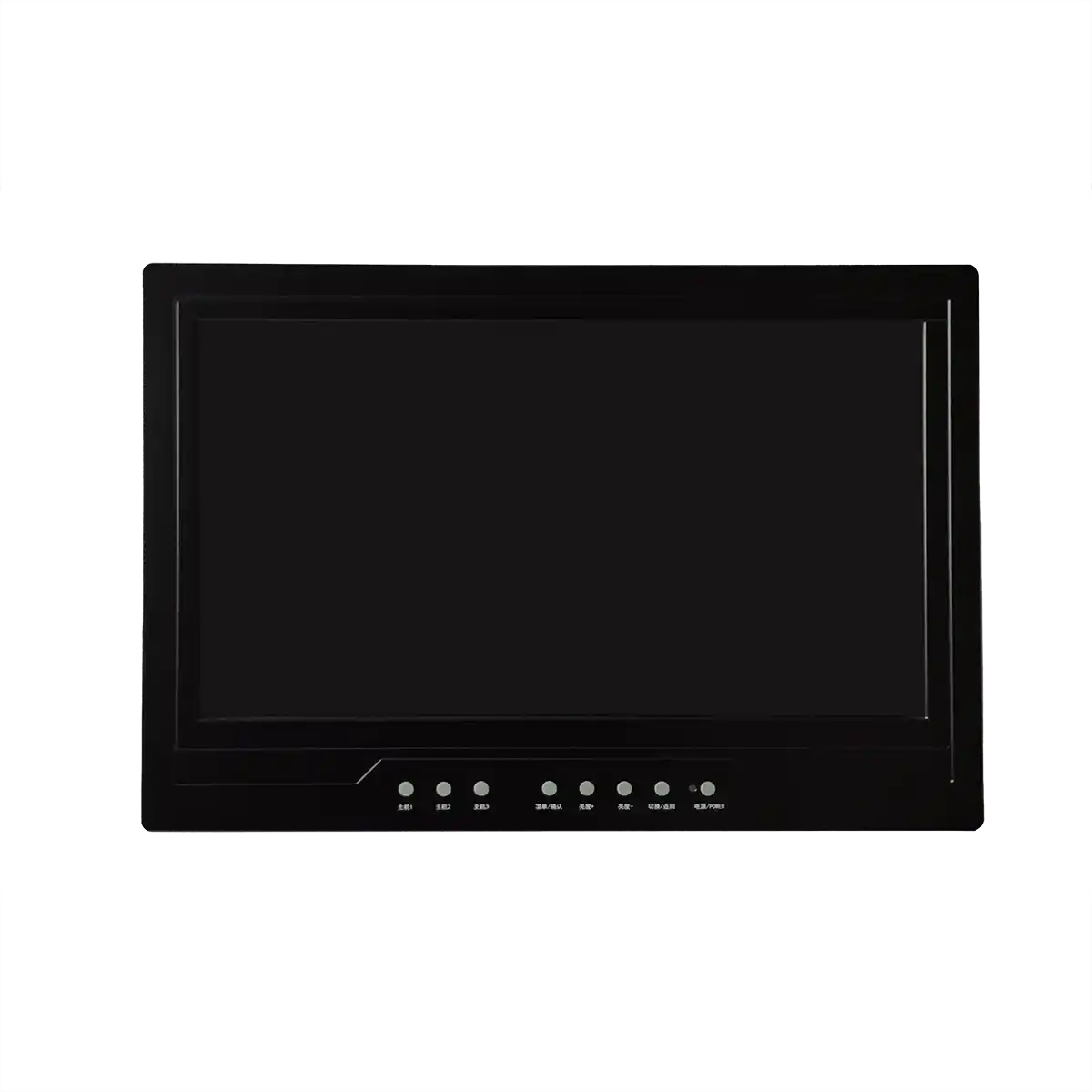The Importance of Durability in Industrial LCD Panel Selection
Introduction
In the realm of industrial applications, the selection of display technology is a critical decision that can significantly impact the efficiency, reliability, and longevity of machinery and systems. Industrial LCD screens, with their ability to provide clear and precise visual information, are often the preferred choice for various sectors, including manufacturing, medical equipment, and transportation. However, not all LCD panels are created equal, and one of the paramount factors to consider is durability. Durability, in this context, refers to the ability of an LCD panel to withstand the rigors of industrial environments, including temperature fluctuations, vibrations, and potential physical impacts.
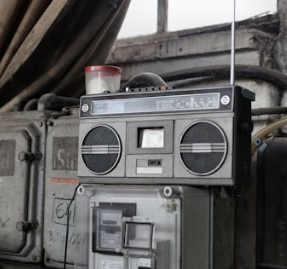
Body
When discussing the durability of industrial LCD panels, several key aspects must be addressed. Firstly, the physical construction of the panel is crucial. Industrial-grade LCDs are typically housed in robust enclosures that protect the delicate components from dust, moisture, and mechanical shocks. The use of materials such as aluminum or stainless steel in the construction not only ensures longevity but also provides resistance to corrosion, a common issue in harsh environments.
Secondly, the temperature range within which an LCD panel operates is a significant indicator of its durability. Industrial environments can be subject to extreme temperatures, and a panel's ability to function reliably in these conditions is essential. LCDs designed for industrial use often have a wide temperature range, often from -30°C to 85°C, allowing them to operate effectively in both freezing cold storage facilities and sweltering manufacturing plants.
Another critical factor is the vibration resistance. Industrial machinery often vibrates, and this can affect the performance of electronic components. LCD panels intended for industrial use are tested for their ability to resist vibration, ensuring that the display remains clear and undistorted even under the stress of constant motion.
Display technology itself plays a role in durability. There are various types of LCD panels, such as TN (Twisted Nematic), IPS (In-Plane Switching), and VA (Vertical Alignment). Each has its own set of advantages and disadvantages regarding durability. For instance, IPS panels are known for their wide viewing angles and color accuracy, which can be beneficial in applications where the display is viewed from multiple angles or under varying lighting conditions.
Touchscreen functionality is also a consideration, especially in control panels and interactive systems. Industrial touchscreens must be capable of withstanding repeated use and potential impacts. Technologies such as resistive, capacitive, and projected capacitive touchscreens each offer different levels of durability and user experience.
Lastly, the lifespan of the backlight is a critical factor. Industrial LCD panels often use LED backlighting, which has a longer lifespan compared to traditional CCFL (Cold Cathode Fluorescent Lamp) backlighting. This extended lifespan reduces the need for maintenance and replacement, further enhancing the durability of the panel.
Conclusion
In conclusion, the selection of a durable industrial LCD panel is a multifaceted decision that involves evaluating the physical construction, temperature range, vibration resistance, display technology, touchscreen functionality, and backlight lifespan. By carefully considering these factors, industries can ensure that their display solutions are not only reliable but also capable of withstanding the demands of their operational environments.
Further Exploration
For those seeking to further their understanding of industrial LCD panels, it is beneficial to explore additional topics such as the impact of humidity and pressure on LCD performance, the role of certifications such as IP ratings and military standards, and the importance of customization to meet specific industrial needs. Moreover, staying abreast of the latest advancements in display technologies, such as OLED (Organic Light Emitting Diodes) and their potential applications in industrial settings, can provide a competitive edge in selecting the most durable and future-proof display solutions.
By taking a comprehensive approach to the evaluation and selection of industrial LCD panels, industries can safeguard their investments and ensure that their visual display systems are as robust and reliable as the machinery they accompany.
Recommended Articles
-
Are the displays in Tesla's Cyb
2024-12-10 -
Interpretation Report on AUO's
2024-12-05 -
ADS Pro: The Future of Display
2024-12-04 -
The Trajectory of South Korea's
2024-12-04 -
Practical Applications of Indus
2024-09-26 -
Hangzhou LEEHON Technology supp
2024-09-14 -
How to Check for Issues in Indu
2024-09-11 -
How does an LCD screen find ind
2024-09-11 -
What is the difference between
2024-09-11 -
In-depth analysis of the develo
2024-09-10


